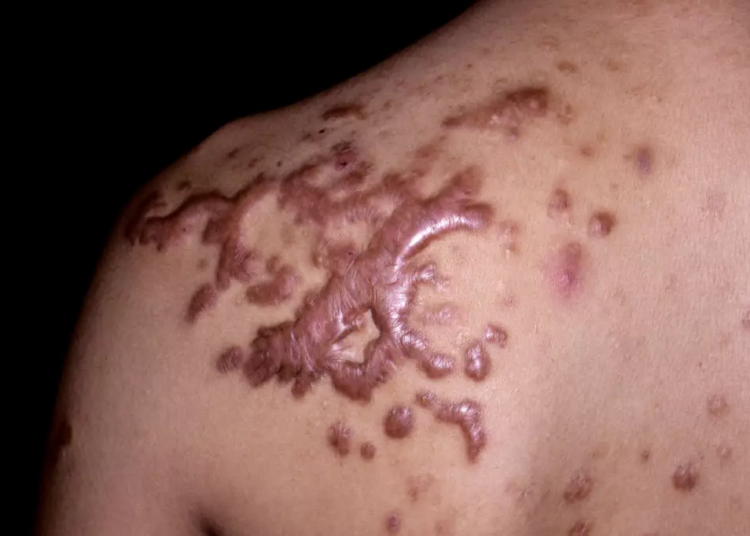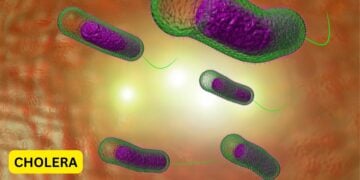RETINOID CREAM
Retinoid cream is a derivative of vitamin A or retinol. Much like natural remedies, such as garlic or onion, a 2010 review of studies notes that the cream has been clinically suggested to reduce keloid appearance. Make sure to follow the directions on the retinoid cream product you purchase.
SILICONE
Silicone gel or sheets may be a go-to recommendation from a doctor. A 2014 trial found silicone gel just as effective as retinoid cream. Follow instructions or directions on the silicone product you purchase or those prescribed by a doctor.
STEROID INJECTIONS
Injections of steroidal anti-inflammatories have been known to help with keloids. However, these have been shown to be more effective following major treatments for keloids. Treatments include surgical scar removal, laser treatment, and more, as noted in a 2022 review.
ONION
Quite a few studies support the use of onion for keloids. A 2013 study found that the use of onion extract stopped fibroblasts — the cells that produce scar tissue — from entering the skin.
ASPIRIN
A 2020 review and a 2015 study suggest that aspirin may help treat keloids. Research found that aspirin prevents scar-promoting cells from entering the keloid site. As a result, both pigmentation and keloid size are reduced. Aspirin can be applied topically at home.
GARLIC
This root vegetable works much like aspirin, according to a 2011 dermatology report. Garlic blocks certain enzymes from entering the site that contribute to tissue and pigment buildup. Over time, application may help lighten scars.
HONEY
Honey contains anti-inflammatory compounds that may help reduce keloids. Honey was mentioned in a 2020 study for its healing potential with keloids specifically. It’s an appealing natural alternative without the potential side effects associated with corticosteroids or nonsteroidal anti-inflammatory drugs (NSAIDs) such as aspirin.
By Adrian White
Medically reviewed by Amanda Caldwell, MSN, APRN-C
Culled From: https://www.healthline.com/health/how-to-get-rid-of-keloids#treatments




